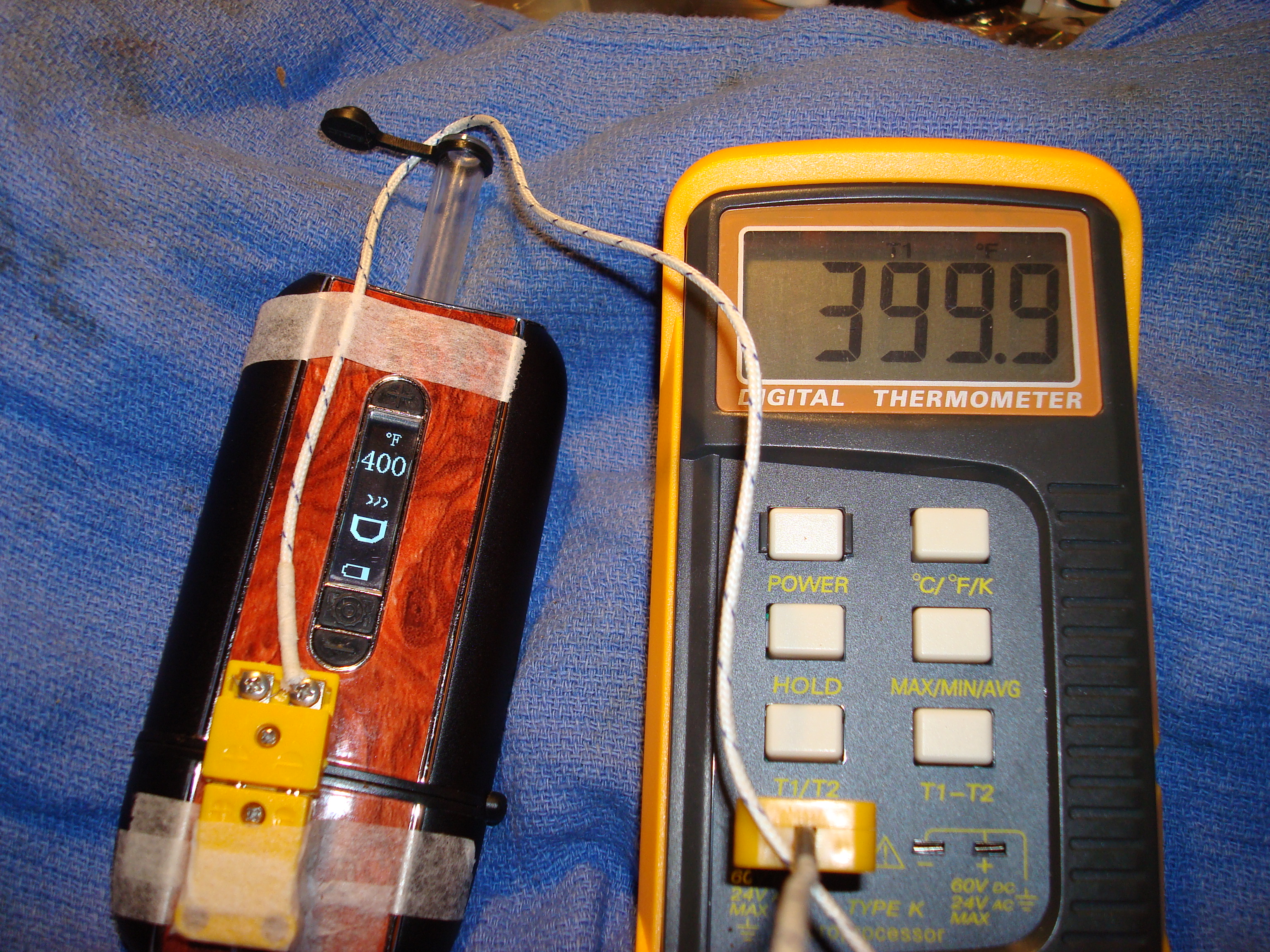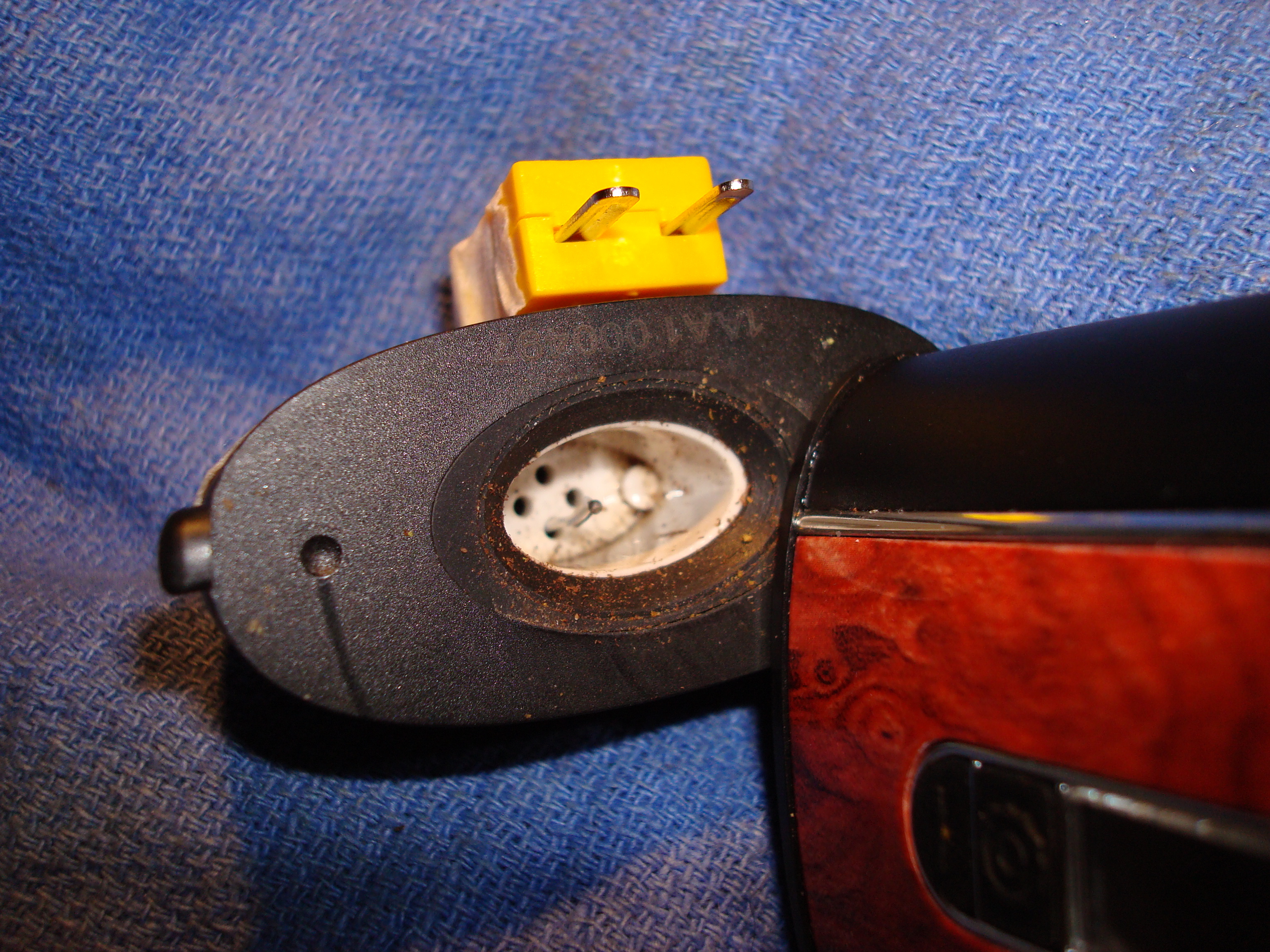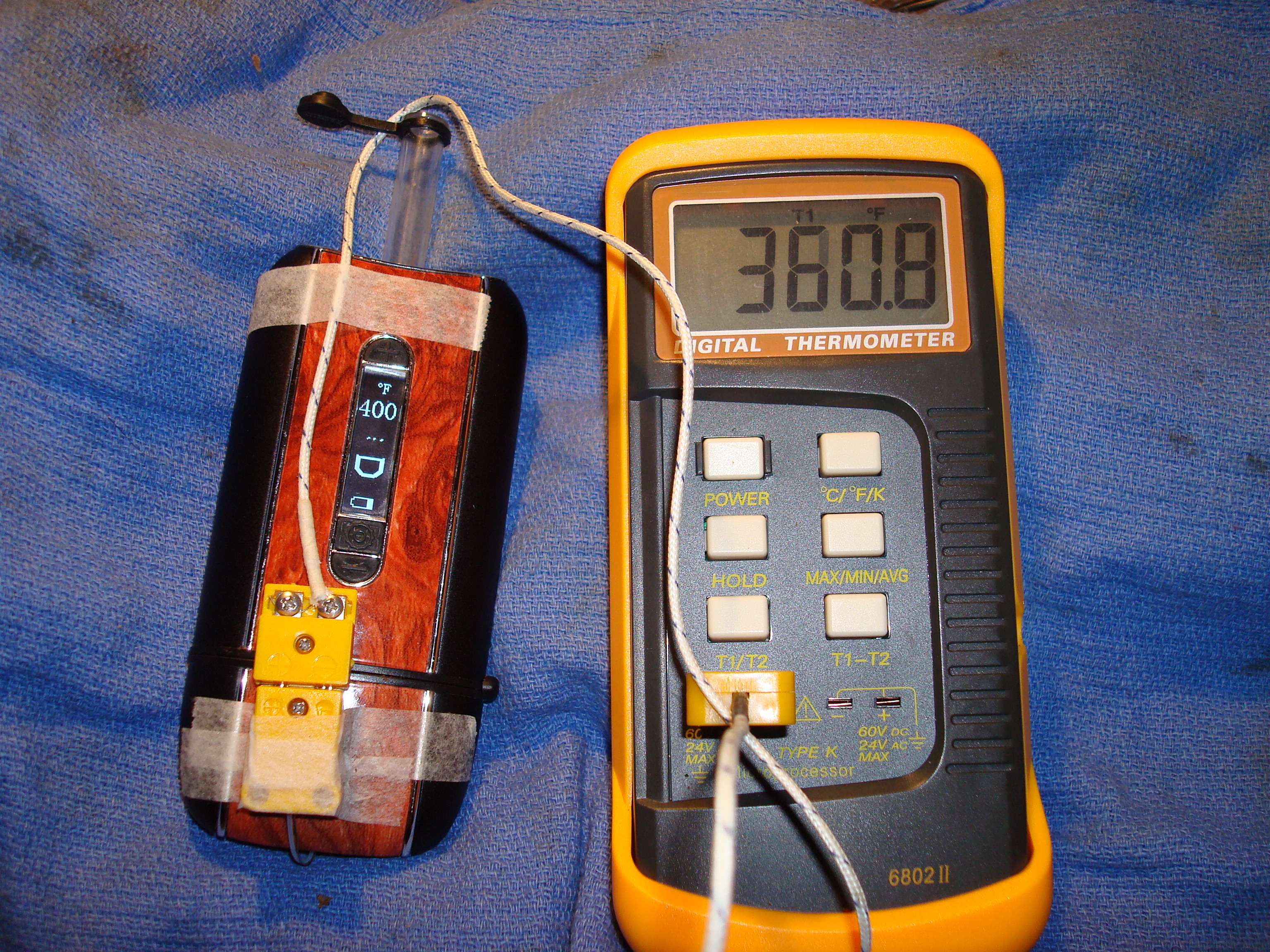OF:How can you say the Ascent has excellent stability and then say that temperature can drop 100deg. during a hit?
Doesn't it turn heating on when it senses the temperature going down?
It sounds like it's wasting goodies while turned ON and not in use, and then becomes rather useless while inhaling, lol.
Have you tried metal beads-spacers-flowers-whatnots? How do they compare to glass?
It's easy to say, because I reported what I found. Stability in
idle temperature control is entirely different than how it responds to a hit. Your car's cruse control can hold highway speed quite well but slow down on a hill, right? Same thing.
Where most temperature controlled vapes I've tested 'hunt' (temperature goes up, heater turns off, temperature drops, heater turns on), Ascent does not. It works by 'throttling back' the heat, keeping just enough power to make up for losses, like a car cruse control but unlike your home heater. More over, when you dial up say 400F that's exactly what you end up with, not a temperature that shifts up to say 405F before drifting down to say 390F as it cools again.
Don't confuse accuracy with stability, two different things.
No, nothing (or very little) is wasted. This has been discussed many times in vairous threads, the 'good stuff' simply condenses again inside and waits. Like a damp house, you need to move air through it to remove the vapor. Terpenes might escape, but guys have reported stem vapes still giving effective hits from loads left overnight. Not to worry, just enjoy it, it does work effectively.
Yes, metal will work. Potentially better than glass (although SS is a poor choice amongst metals) but that violates the 'all glass vapor path' mantra so important to many. I experimented with SS screens (whole and pieces in my tests, the glass flowers easily won out on several fronts.
Yes, of course it responds to the drop in temperature but like the car on a hill analogy it's not able to overpower the loss in a realistic way since it takes too long for heat to move from the warmer heater to the load (called 'lag time' in the trade).
One type of control (the DV and your car for instance) uses what's called PID control where the output level of the "Process variable" (temperature control) is changed over a range in response to the running error between the output (result) and ideal:
https://en.wikipedia.org/wiki/PID_controller
Setpoint control OTOH, has only 'on or off' control and responds to being 'out of range' using a 'deadband' where it's supposed to be. Your home, with the thermostat set to say 70F might cycle from 'too hot' (say 72F where the heater cuts off) and 'too cold', say 68F where the heater is turned on again. Most vapes do this, it's simpler and generally just as effective as we see in the vapes in use. Whether your home heater is on or off at 70F depends on what happened before, unlike the PID version where it's 'partially on' (but changing) the entire time.
https://en.wikipedia.org/wiki/Setpoint_(control_system)
PID controls generally never 'turn off' unless you seriously overshoot. Since they need time to respond (called 'resets' in the trade). Your car only closes the throttle off when it's going too fast (like downhill). And they can, as best they can (and some 'learn') attempt to predict the future and throttle back early (taking advantage of 'stored energy') to control overshoot. If you look inside a mechanical thermostat for home use you'll find a tiny heater that tries to mimic this by locally heating the thermostat a bit more while the fire is on, this is called an "anticipator', FWIW. It gets the heater to cut power a bit early so the stored heat inside the unit will cause the house to 'coast up' to the target. The longer the heater has been on, the more 'false heat' is added since the heater contains more energy. Fun stuff, not as simple as it seems?
BTW, the 'real name' for the deadband idea is Hysteresis.......a great word for crossword puzzles perhaps but one not often used in polite company. It can get 'pretty knotty':
https://en.wikipedia.org/wiki/Hysteresis
It's a lot to understand for sure, but that's how it works. The proof is in the results, easily shown by experiment. I recommend taking it on faith and exploiting the advantage to most. Experiment with both flowers and spacers and see what works best for you. I think you'll find, like everyone (?) who has tried glass inserts it does improve things a lot. You get to decide if the effort is worth it to you, but you need to try personally first?
BTW Assent could use Setpoint control too, of course, it just wouldn't work as well. Kudos to their engineering.
Regards to all surviving all that.
OF


 If your grind is really fine (and I believe this is the most effective method - more direct contact with oven base and walls), then some product may sift out. A screen seems like a good idea but I think the design requires some airflow.
If your grind is really fine (and I believe this is the most effective method - more direct contact with oven base and walls), then some product may sift out. A screen seems like a good idea but I think the design requires some airflow. 



